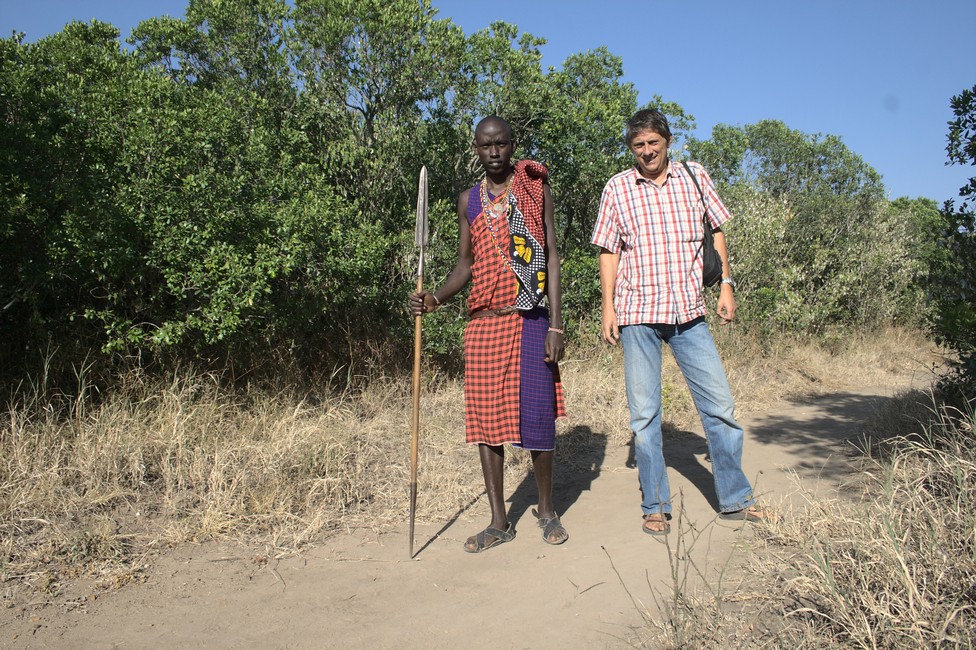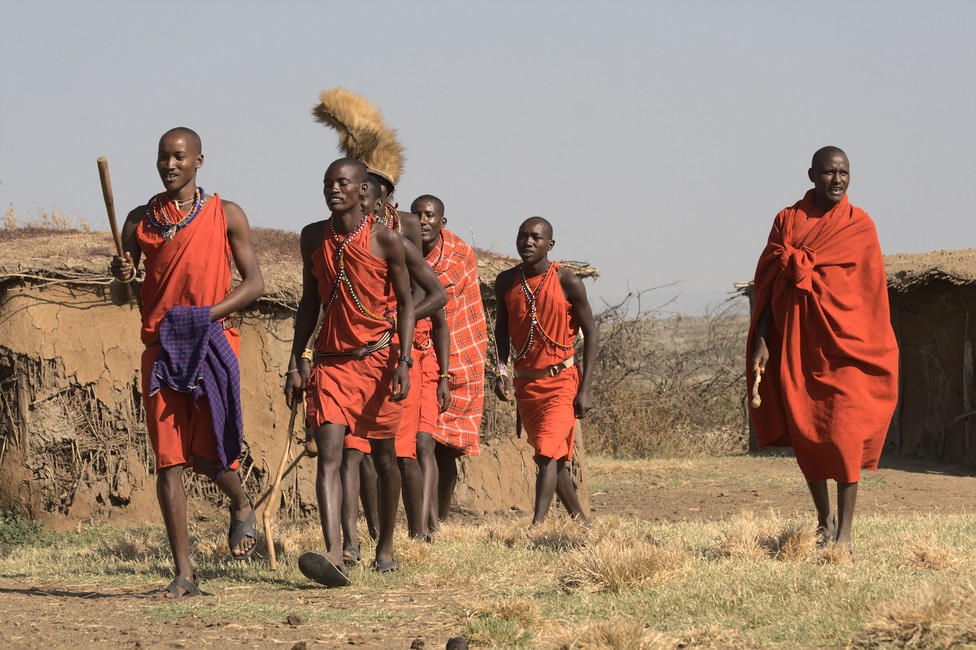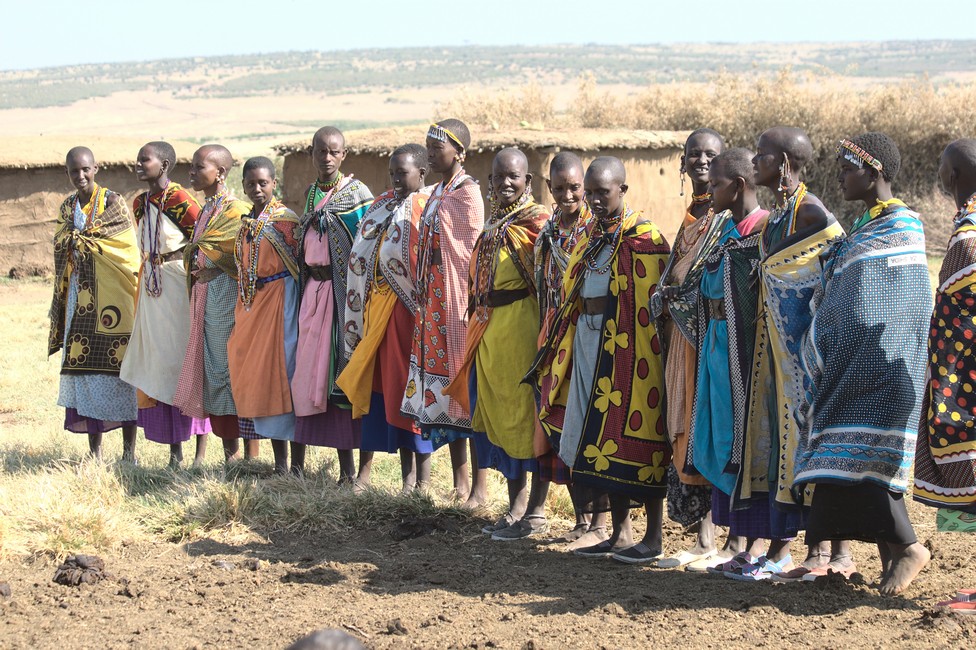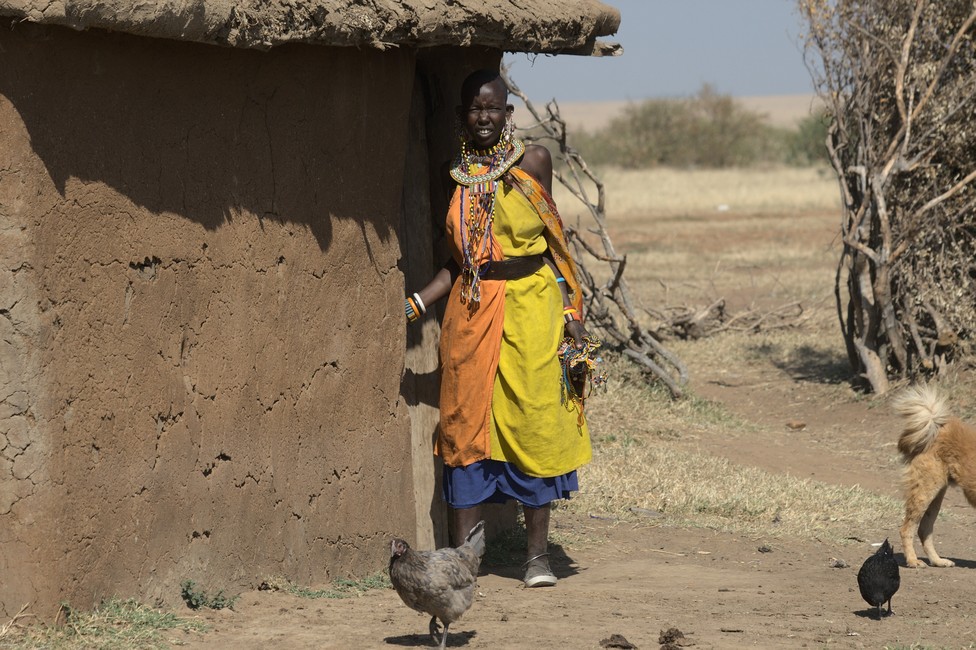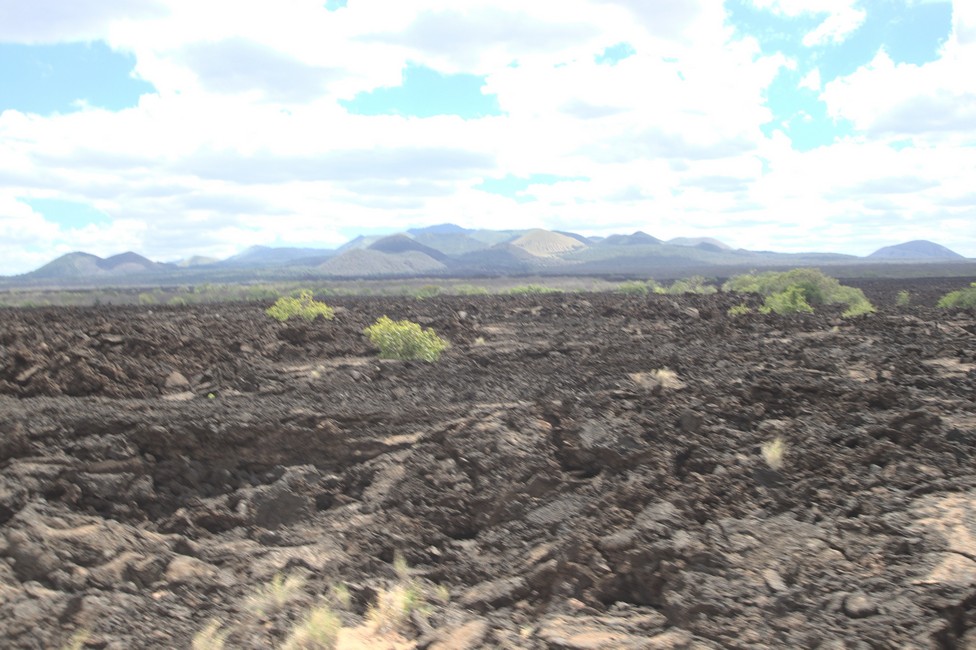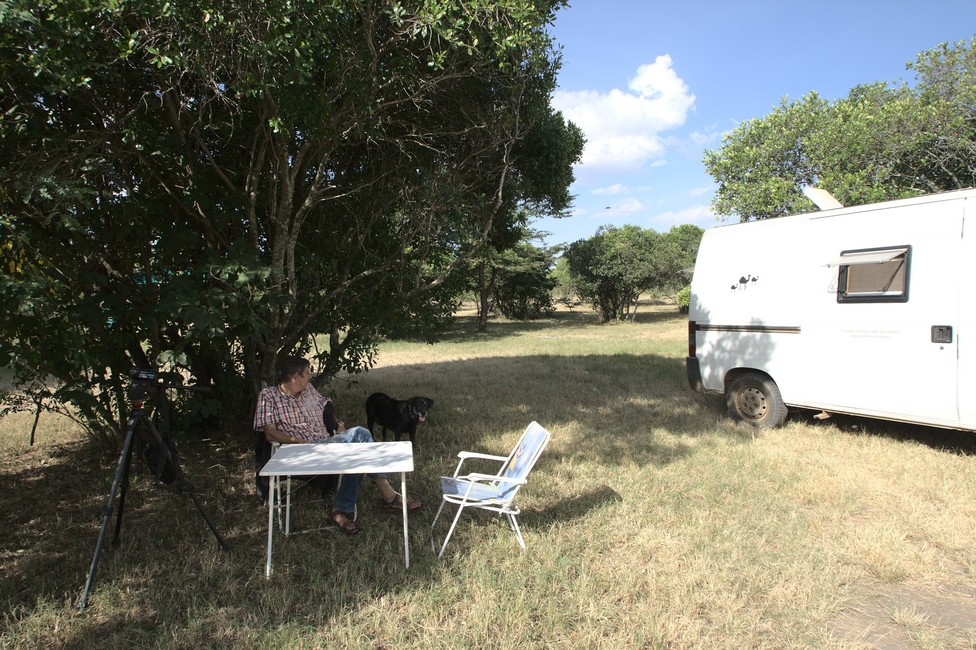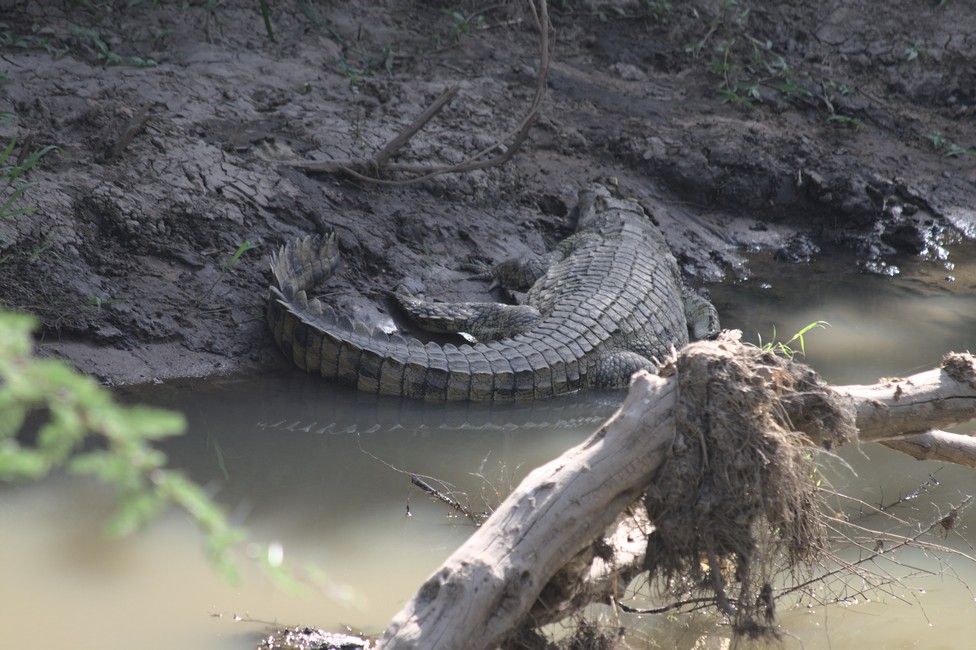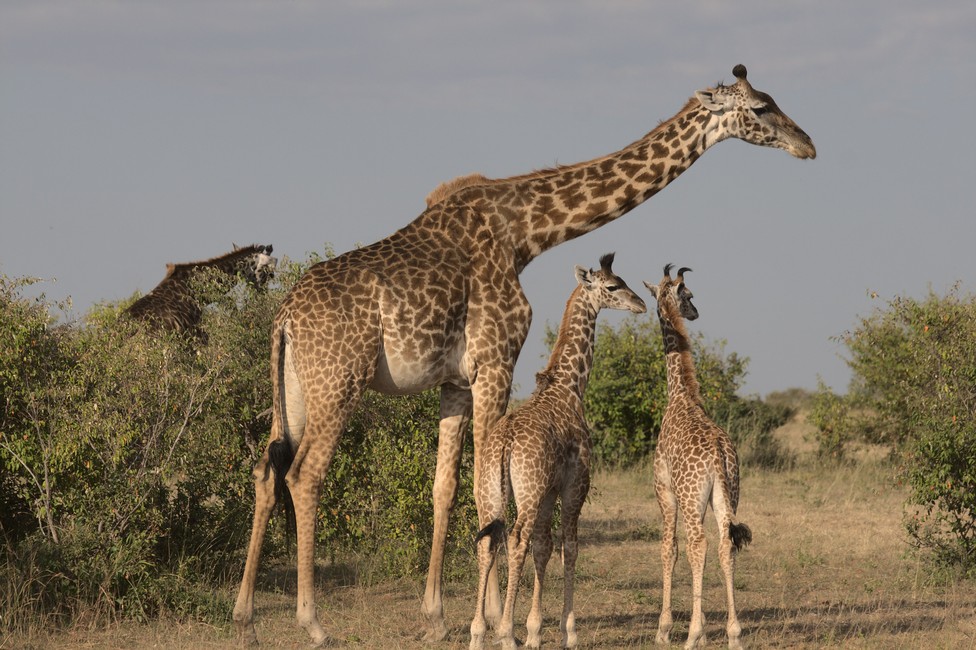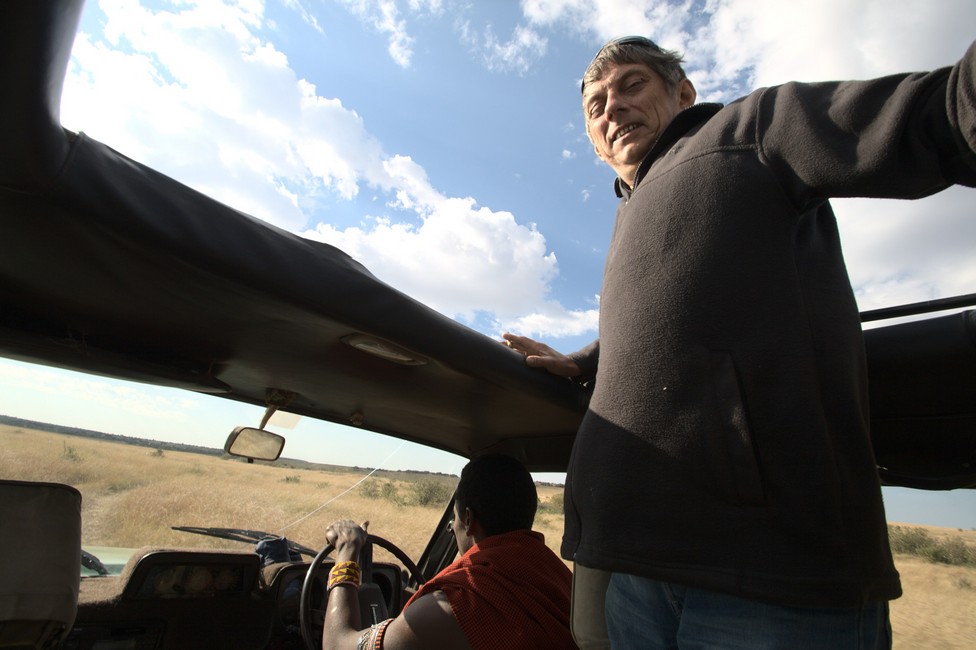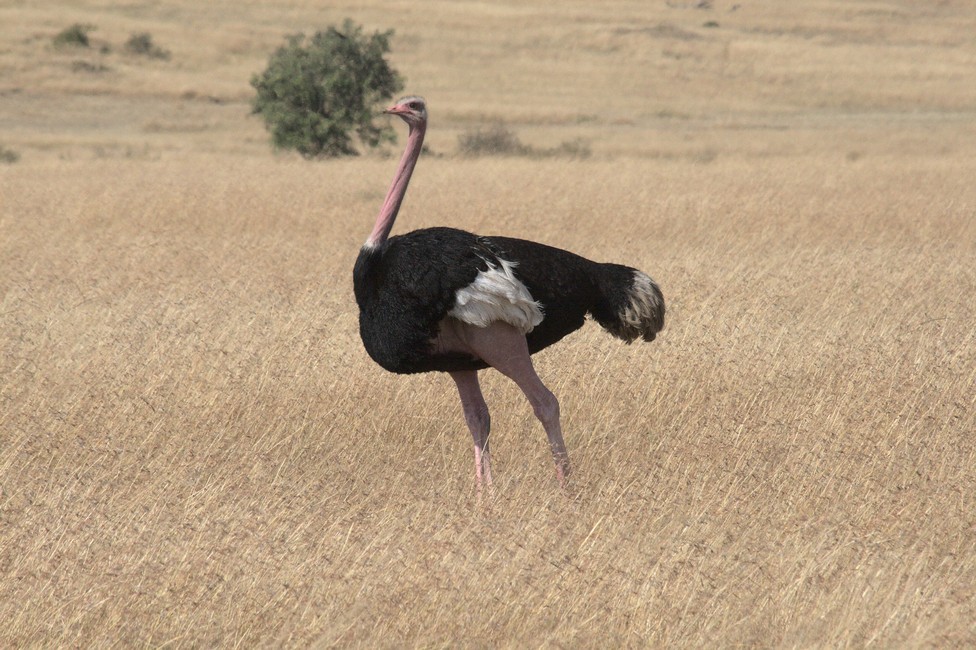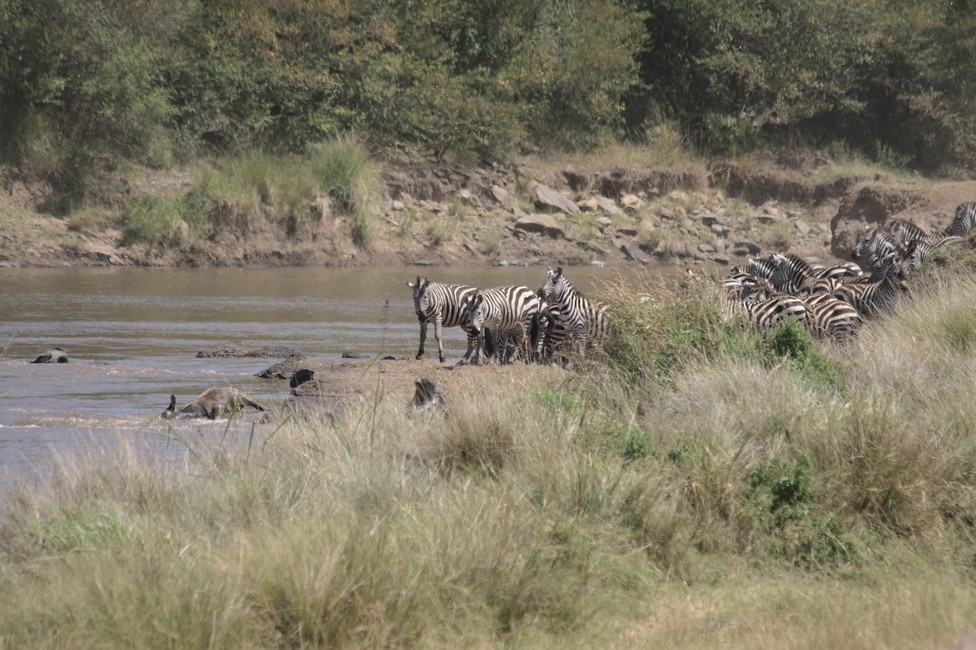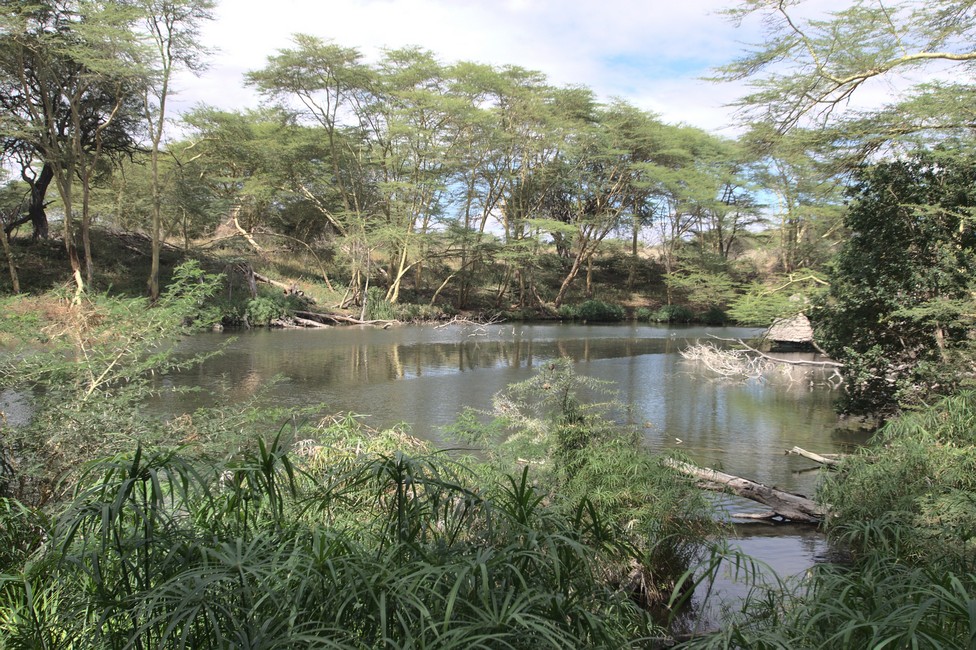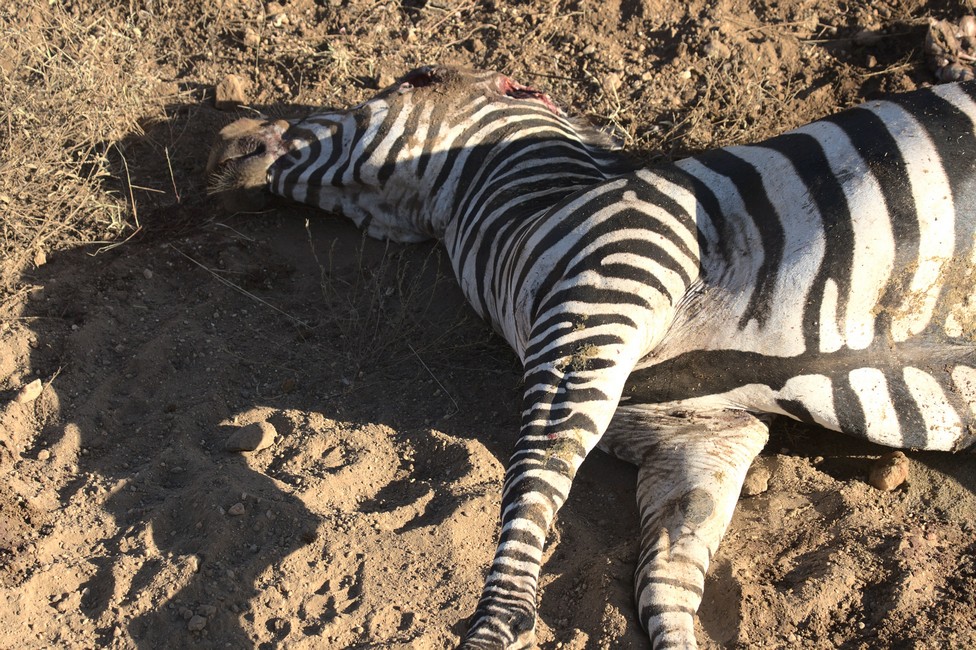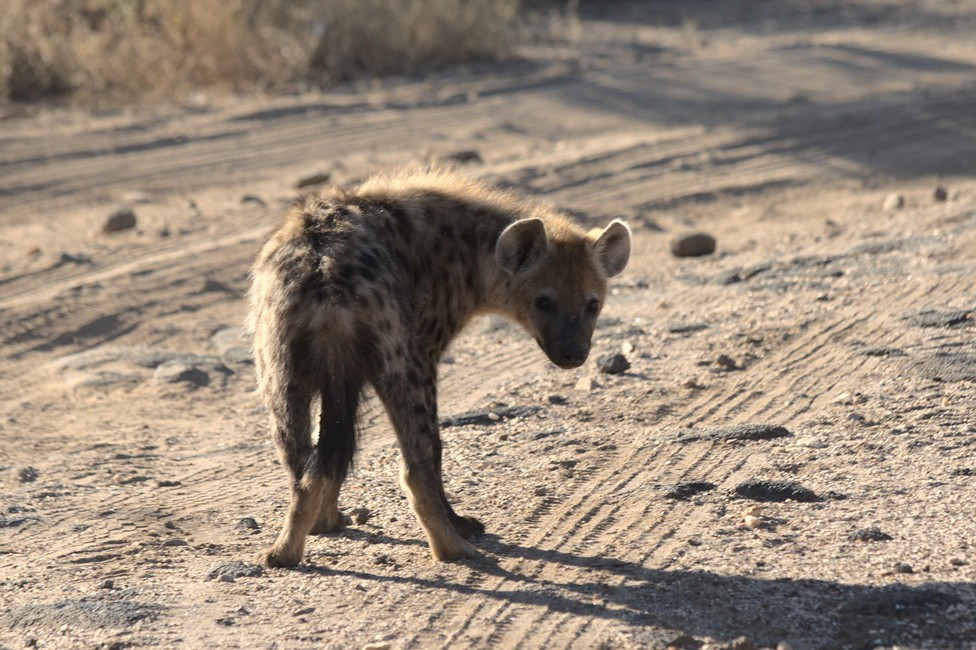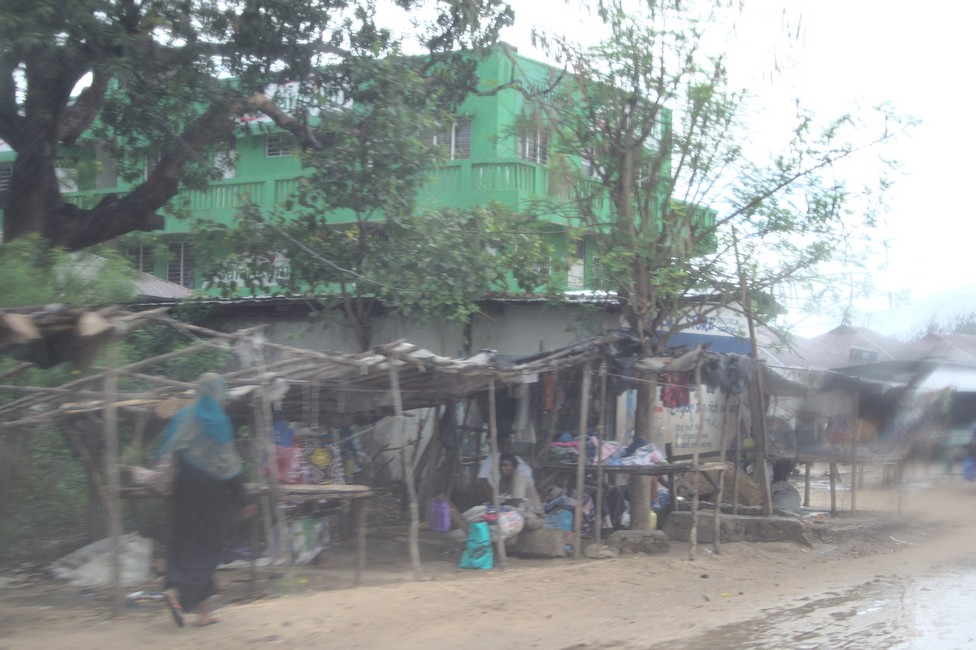Our next destination is Lake Baringo. We leave the Masai Mara early in the morning. Those were wonderful days here, today we want to make it to Lake Naivasha.
Still a water crossing, the road is terrible from the Masai Mara to Narok, for about 80 kilometers we will need four hours.
But soon again we have tarmac under the wheels, and soon we are on Lake Naivasha.
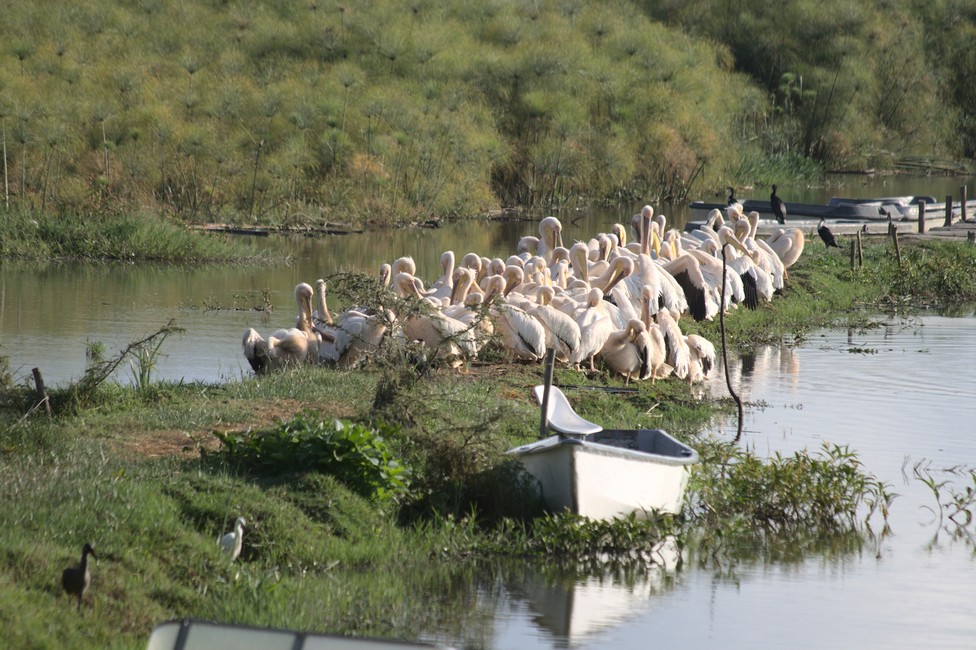
The campsite is beautiful, right on the lake and suddenly Steffen and Steffi arrive, we have met them in Nairobi.

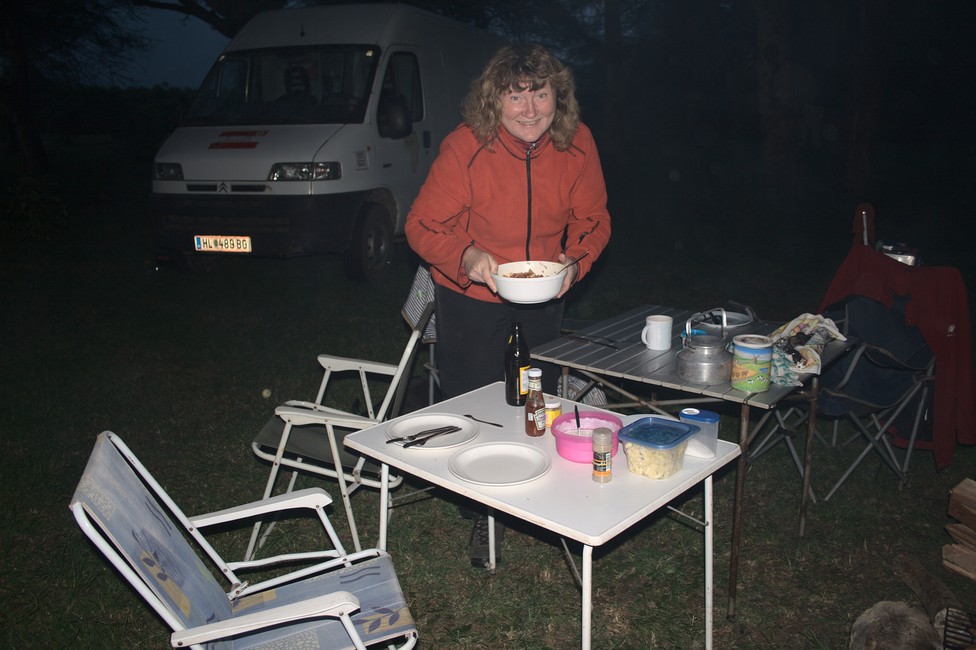
We are happy, some beef on the grill nothing can prevent a great evening. Quickly we realize that we have similar travel plans, and so we decide to go together for the next few weeks.
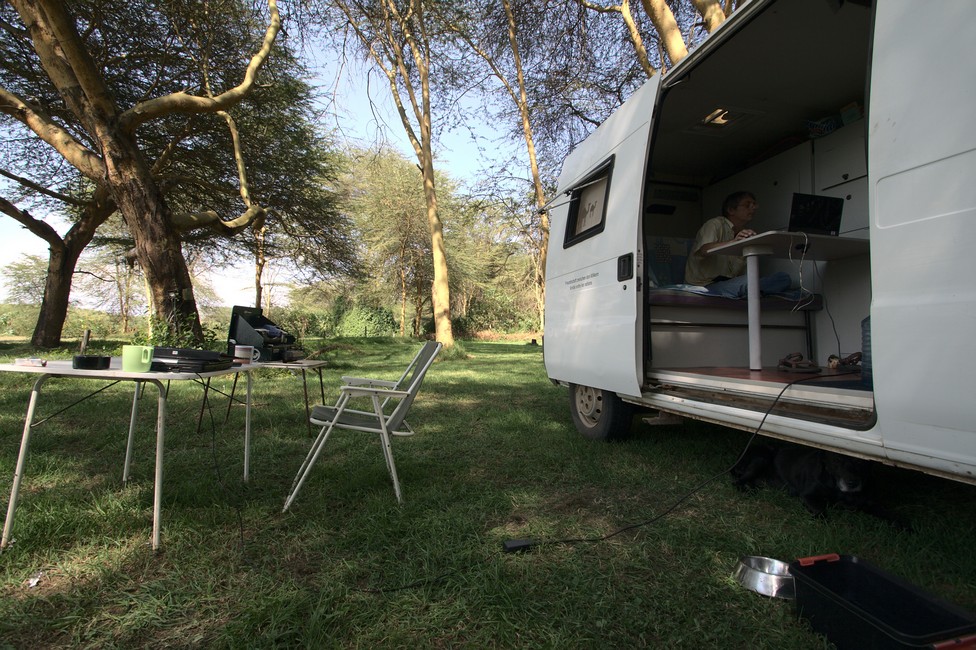
At night we were visited by another hippo, what more could you expect. And in the morning we sit in our cars, on the way to Lake Baringo.
Camp Roberts is idyllic, located directly at the lakeside, and in the afternoon, we are lucky and get a visit from a hippo bull with his ladies.

Hippos look sweet and cute, but they’re not. They are responsible for the most serious accidents or fatal injuries. Especially if you get between Hippo and water, the animals feel threatened and attack. They are damn fast, which is often underestimated. It’s nice to watch the animals, because it is extremely rare that they leave the water during the day and graze on land. About one hour we have the opportunity to watch them. They graze peacefully, but their eyes staring at us. I took te camera and took the tripod and was dilming them. The bull saw me and I thought this is ok for him. The group was grazing towards me slowly and suddenly the bull started to attack me and with a huge jump I disappeared behind the van with the camera. The tripod I left but luckily was not interesting for the bull.

Finally, they disappear into the lake because the water is their element, where they feel most comfortable.
On the shore of the campsite a crocodile sleeps quietly. We are a little worried, especially because of Tara, because we camp not eight feet away from the crocodile.
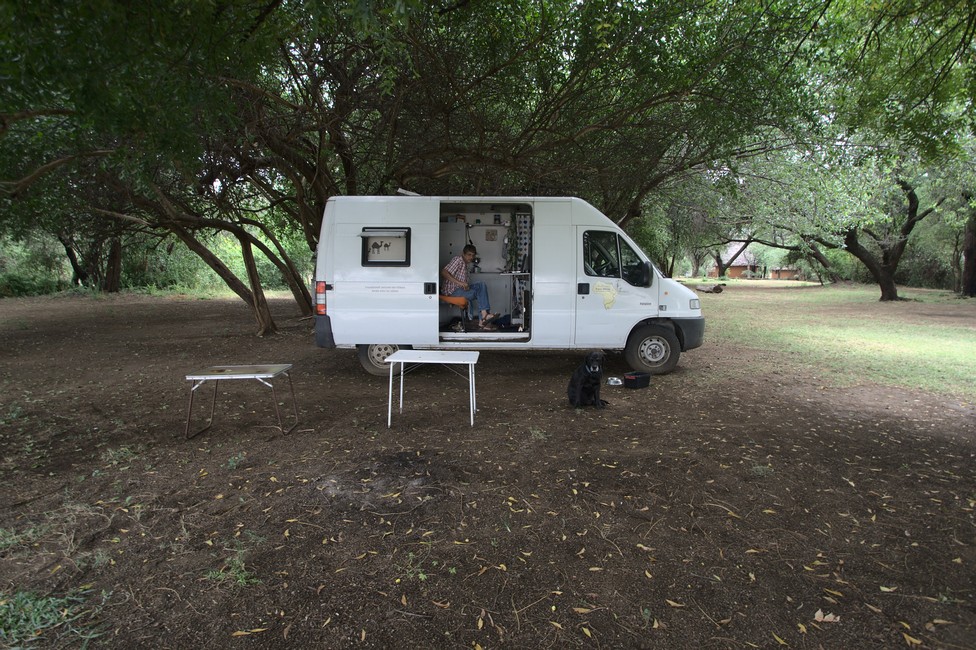
The next morning we take a boat trip on Lake Baringo. The guide promises fish eagle. We risk the trip.
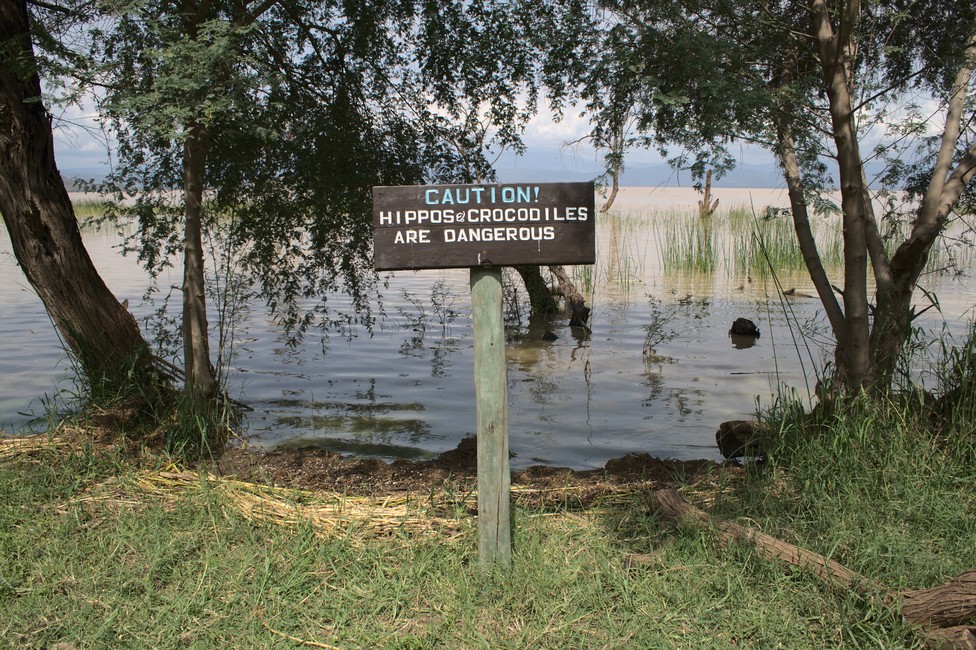
The boat is not very big, but the lake is as smooth as glass, not a ripple. First, it goes along the shore.

We need to find a fisherman who sells us fish, because this will serve as bait. Actually, a cruel thing, the fish is pushed a cork in the mouth so that it is not dead, but on the surface moves. That is to attract the fish eagle. Weaver birds’ nests, in the middle of the lake, we have not seen it yet, but the idea is good, because here the nests are safe from snakes.
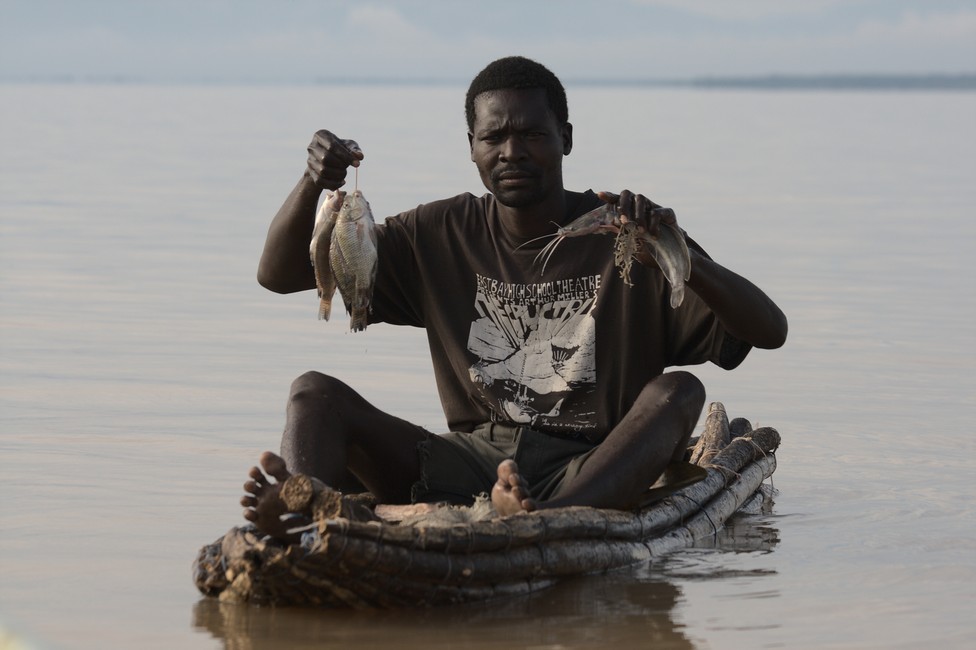
And soon we meet the first Fisherman. In a papyrus boat, as we know it from Ethiopia, he approached paddling. A second approaches. Actually, we could buy dinner here, but we have already bought beef. The fisherman prepares the fish as directed. Quickly, the deal is finished, and we can continue.
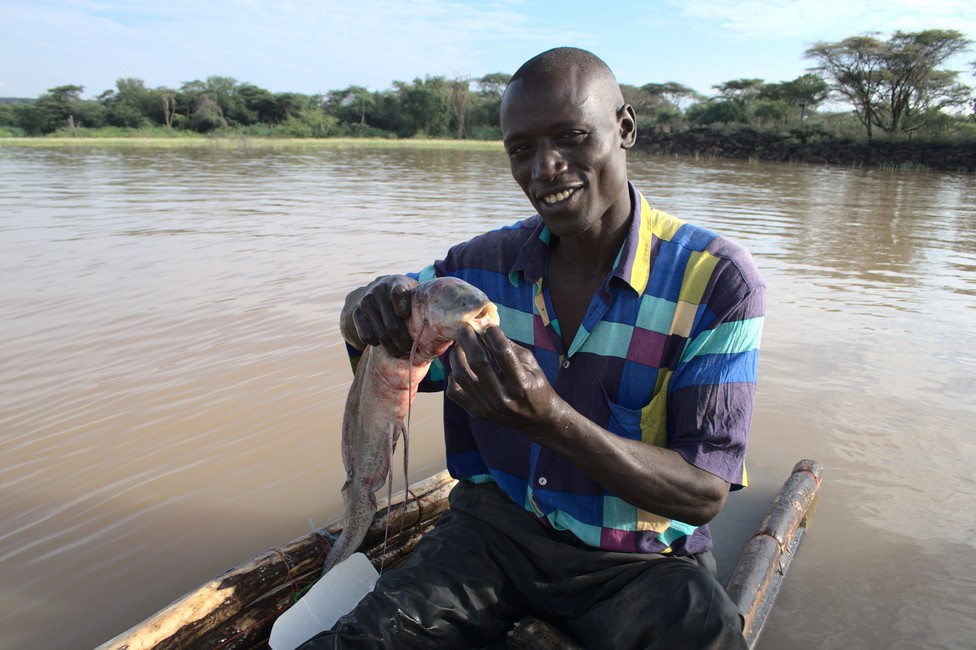
We go to an island in the middle of the lake, there should be the fish eagle. But first, we just scare a cormorant, and then a heron. A little later we spot the fish eagle nest high in a tree. Our boat man imitates the cry, but the eagle can not be seen. Bad luck – we return.
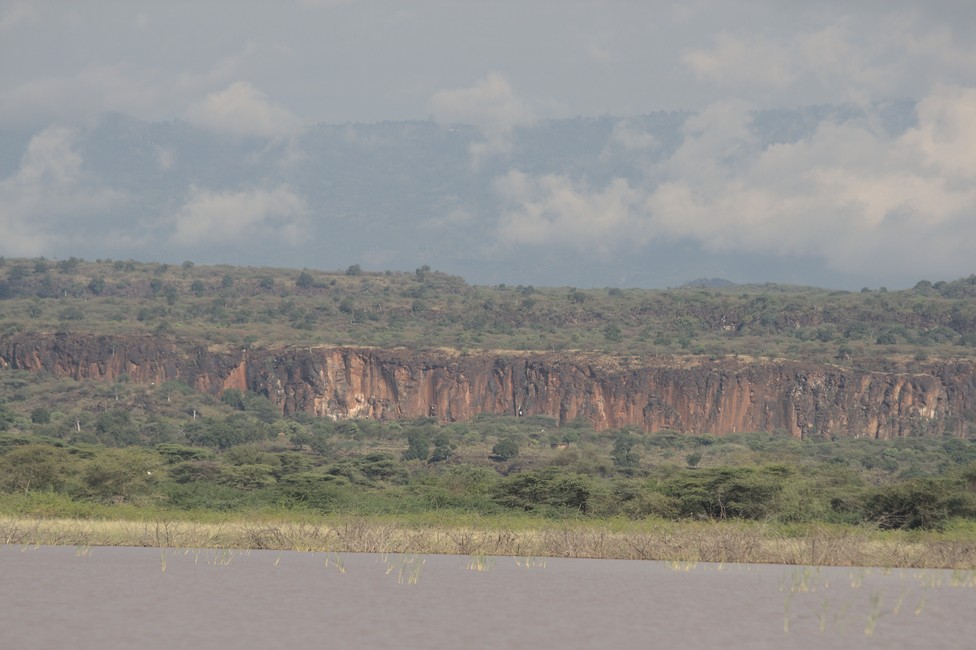
Passing a colony of herons on the shore and we see a crocodile which slowly disappears into the water.
The boat trip was interesting nonetheless, there are no guarantees for wildlife sightings, so much is left to chance. The guide is a nice guy and has been quite trying.
Our day ends with beef barbeque. Tomorrow we continue to Eldoret.

In Eldoret we want to Naiberi Fish River Camp, which is led by an Indian named Raj. The site is beautiful, well maintained with a barbecue and we feel well, Tara also enjoys the atmosphere here.
The camp is our last stop in Kenya. Tomorrow we will go over the border into Uganda and come to Sipi Falls. Steffen wants to know, and has chosen the harder route, via Kitale to Uganda, and around Mt Elgon to Sipi Falls. I’m skeptical about this route, but we’ll see.
